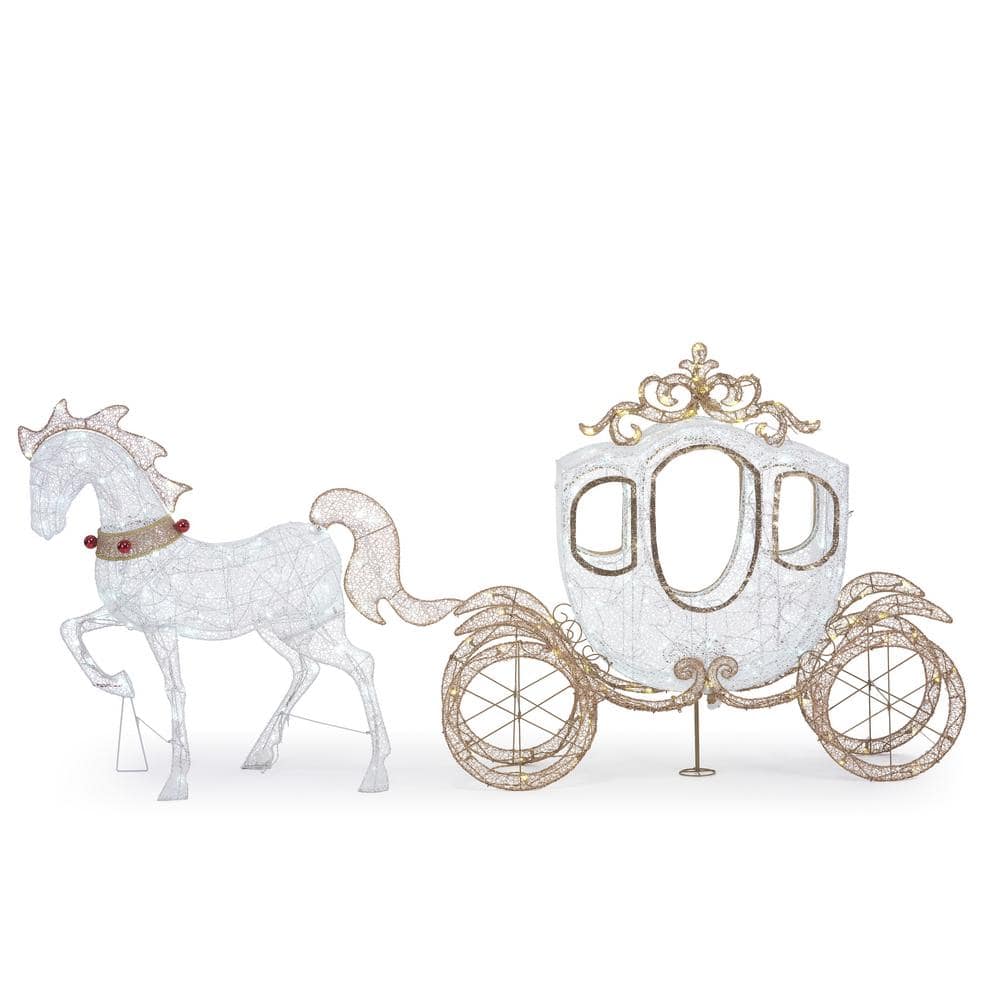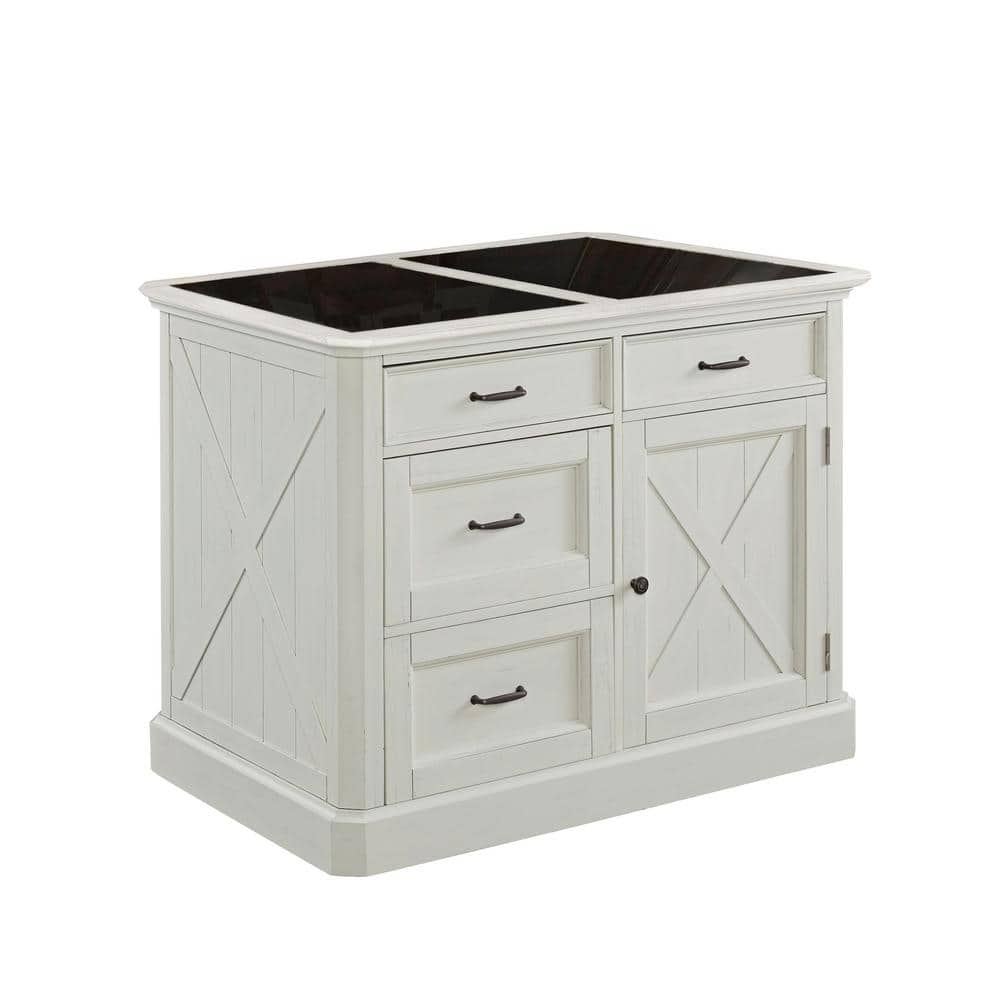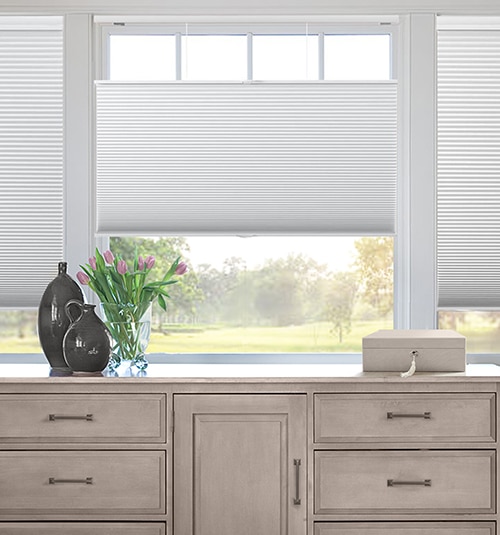Home Accents Holiday 58 in 180-Light LED Carriage with 43 in LED Horse Yard Sculpture
58-in. carriage yard decor delivers classic charm. 300 LEDs offer a twinkling winter wonder.
Sturdy metal frame handles winter weather.
Dazzle your loved ones with this 58-inch Home Accents Holiday carriage yard sculpture. The weather-resistant fabric ensures this horse and carriage withstands the elements to spread festive cheer, while the metal frame construction delivers stability. A total of 300 cool white lights provide bright illumination, letting your celebrations run into magical holiday nights. This Home Accents Holiday carriage yard sculpture adds a charming finishing touch to your porch, patio or lawn seasonal decorations.
- Durable metal construction delivers strength and stability
- Weather-resistant fabric offers years of outdoor use
- Cool white lights cast a cheerful glow on your holiday lawn
- Easy to assembly
- Includes one horse and carriage yard sculpture with a horse
- Ideal for decorating your yard or front porch
Additional information
| Product Depth x Height x Width (in.) | 14.5 x 58 x 109 |
|---|






by Patricia
Very pleased with this horse and carriage. Great grand children absolutely love it !! Passers by stop and ask “where did you find this..” Well made, beautiful and a real bright spot in our world of stress … So glad I found it.
by Chris
What a beautiful piece I have never been so happy with a yard ornament as I am with this one I hope it last several years it’s beautiful!
by Gee
It’s so Beautiful! All my neighbors love it and wants to know where I got it.
by Bailey
This was a gift for my daughter in law and she loves it!
by Tracy
We ordered 2 of these. The first one we set up was hard to work with and had to be adjusted and carriage wheels bent in order to make them fit under the carriage. We had several pieces of the fabric that needed to be zip tied. We didn’t know until we opened the 2nd box that it was suppose to go together so easily. It was too late by then. They were both already together! We get lots of compliments and they do look beautiful.
by Ann
Bought this item to spend time with my granddaughters. I think it’s bringing me more joy. It was easy to assemble. And if grounded well, stands up through strong winds. Love it.
by Mary
This really became the talk of the town, everyone loved the decorations especially me! During the day, it shimmers in the sunlight. At night, the lights shine and twinkle beautifully.
by Blondie
This was easy to put together and is beautiful.